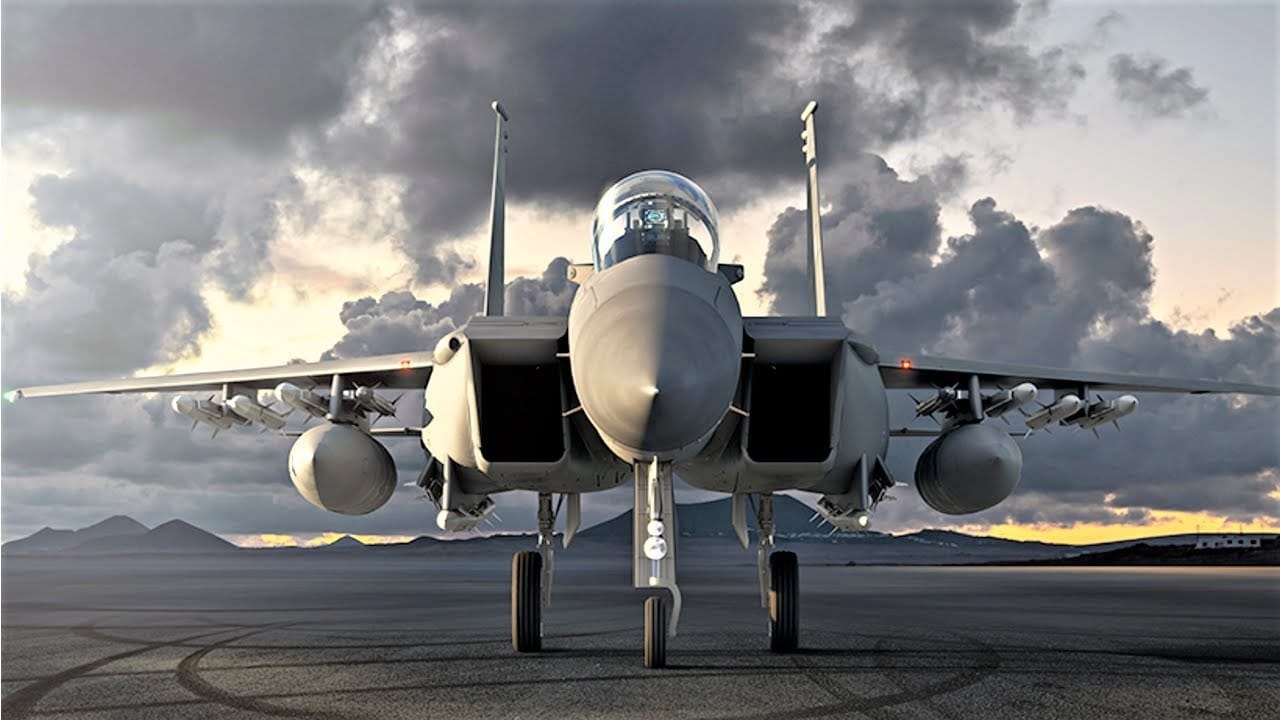U.S. Air National Guard Director Supports Calls for More F-15EX: The head of the United States Air National Guard has thrown his support for the Boeing F-15EX, even as the United States Air Force has announced that would scale back its acquisition of the aircraft from 144 to 80 jets as part of its fiscal year 2023 (FY23) budget.
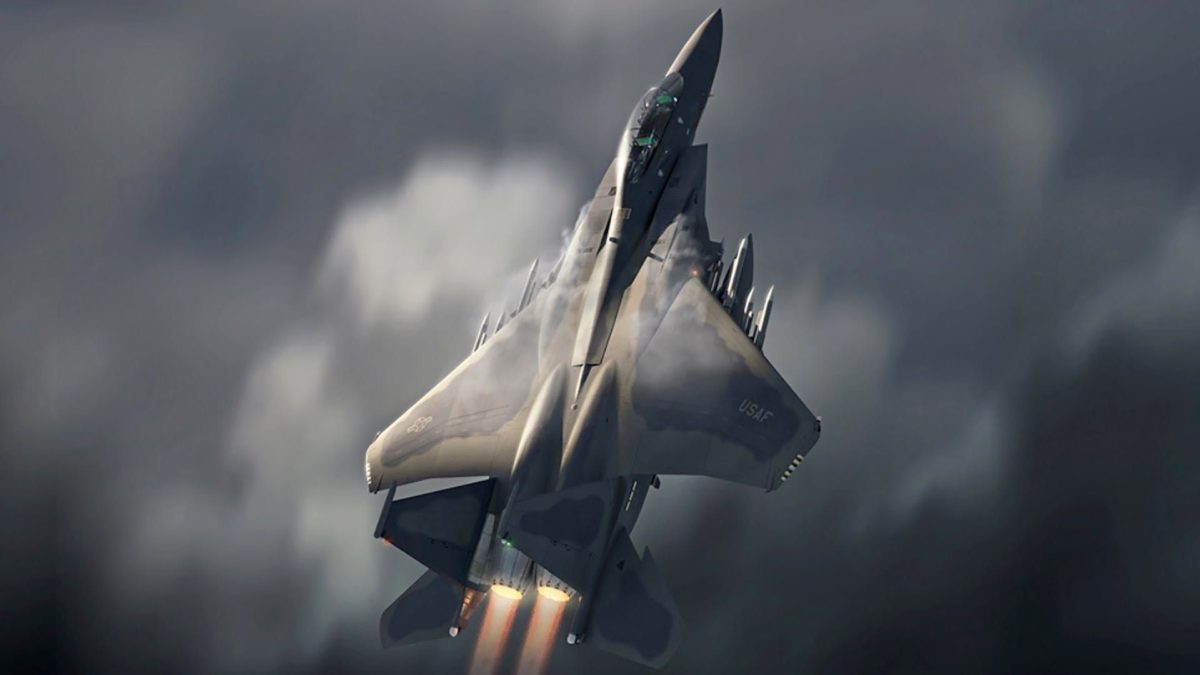
Boeing F-15EX. Image: Boeing artist rendition.
During a roundtable event with reporters on Wednesday at the Air and Space Forces Association’s Air Space and Cyber conference, ANG commander Lt. Gen. Michael Loh voiced his concerns about the Guard’s fleet of F-15C/Ds. He called for them to be replaced by the F-15EX, an updated variant of the Cold War-era fighter, or by the Lockheed Martin F-35A Lighting II.
“The F-15C is an absolutely wonderful airplane. But it’s on its last legs. It’s like J-STARS [the E-8C Joint Surveillance Target Attack Radar System aircraft]. Quite literally, we are grounding jets that can no longer fly,” Loh further explained in a recent interview with National Guard Magazine.
“We are consolidating the fleet to keep what we have going up until we can recapitalize,” the ANG chief added. “Currently, the Air Force position is to put the F-15EX in Portland [Oregon’s 142nd Fighter Wing] and Klamath Falls [Oregon’s 173rd Fighter Wing, the F-15 schoolhouse]. Jacksonville [Florida’s 125th Fighter Wing] will get the F-35. And then the last three remaining F-15C units will either get the F-15EX or the F-35.”
Loh admitted that he was concerned about the Air Force’s decision to scale back the number of F-15EXs it will acquire, and the ANG’s ability to fulfill its national defense mission.
“There is always going to be a natural tension between the requirements of the service and the amount of money that we have in order to spend,” he continued. “Right now, when you look at the National Defense Strategy and how we operationalize this, and then you look at the rest of the world and what is going on, it’s how we get from here to there in the future. Some of that, quite frankly is, Where do I find the money. Where the Air Force is trying to find the money right now is buying less F-15EX, some offsets in divesting legacy aircraft to get the money to recapitalize to go in the future.”
The Air Force has sought to get down a four-fighter fleet that includes the F-22, F-35, F-15EX, and F-16.
Boeing’s F-15EX: An Improved F-15
The two-seat multirole fighter is a greatly enhanced and upgraded aircraft based on the McDonnell Douglas F-15 Eagle, which first entered service back in 1976, just months before the United States bicentennial celebrations.
The twin-engine, all-weather tactical F-15 has had one of the most successful track records of modern fighters, with more than 100 victories and no losses in aerial combat. The aircraft’s design also proved flexible enough that an improved all-weather strike derivative, the F-15E Strike Eagle, was later developed and entered service in 1989.
“Some people are still looking at this as a 1970s-technology aircraft. It is not,” Loh told reporters this year, pointing to the F-15EX’s advanced capabilities, including open mission system architecture, Eagle Passive Active Warning Survivability System electronic warfare suite, and the AN/APG-82 radar, Breaking Defense reported.
The F-15EX is essentially a 21st-century evolution of the proven F-15.
Externally the aircraft may resemble the original F-15, but as noted, Boeing had improved the fighter for sales to international partners including South Korea and more recently Kuwait, and in the process determined that it could be the right fighter for the U.S. Air Force – an affordable fourth-generation plus plus (4++) fighter to complement its fifth-generation fleet of Lockheed Martin F-35 Lightning IIs.
It features fly-by-wire flight controls, new weapons stations, a new electronic warfare suite, advanced radar and computer, conformal fuel tanks, and a strengthened airframe. The improved F-15EX is further equipped with a deep magazine that will allow it to carry a number of advanced weapons – yet with a 28 percent larger payload than the F-15E. At the same time, the fighter will also require only minimal transitional training and little additional manpower from the older versions of the F-15.
According to the Air Force, the EX has also required little to no infrastructure changes.
The Air Force has estimated that the F-15EX fighter shares about 70 percent of parts with the current F-15Cs and F-15Es that it will be replacing. In addition, the original production lines in St. Louis remain in place, while the aircraft’s training facilities, maintenance depots, and other infrastructure are available to be shifted to F-15EX support.
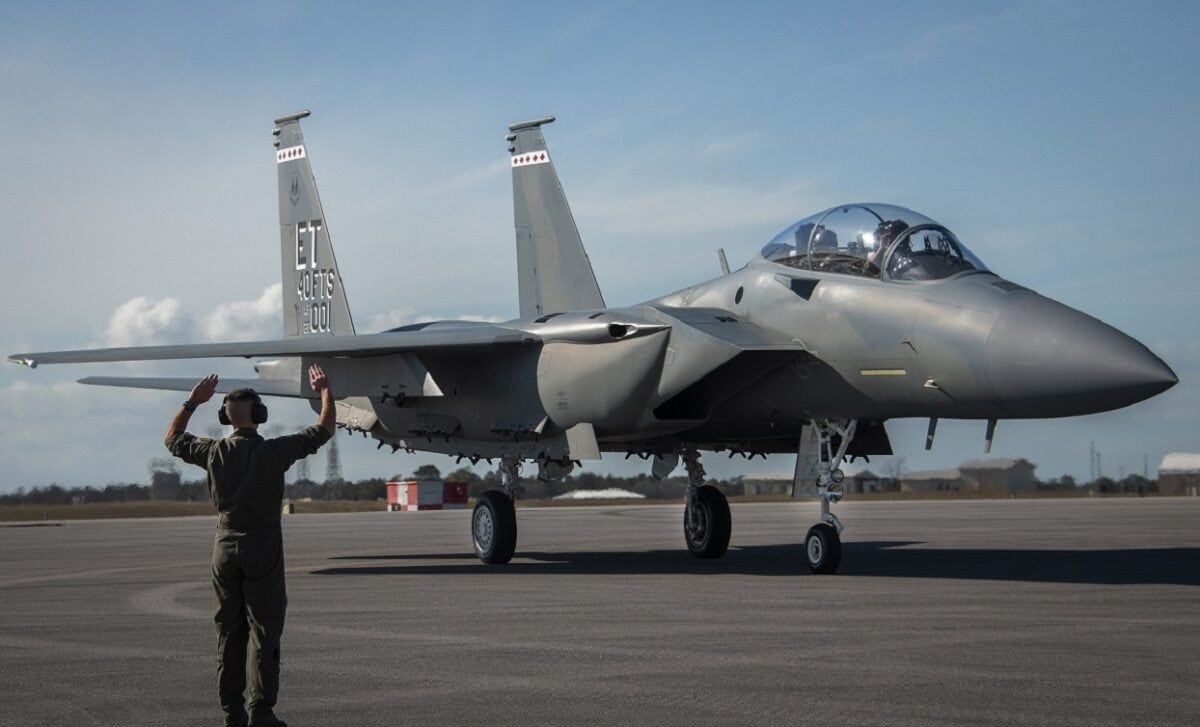
Image: Creative Commons.
Boeing has touted the Eagle II as a fighter that will be easier to build and quicker to put into service, while it will also result in a platform that can be maintained more cost-effective than an equal number of F-35s. In addition, the F-15EX can enable rapid technology insertion that will ensure the platform’s relevance for decades to come. This will be accomplished via an Open Mission Systems Architecture, which can deliver Advanced Battle Management Systems (ABMS) capabilities, allowing the F-15EX to operate independently while isolated but also to reconnect to the global cloud.
The F-15EX Eagle Has Landed
The U.S. Air Force took delivery of its first F-15EX Eagle II fighter on March 11, 2021. As noted by a May 2022 Congressional Research Service (CRS) report, the original Eagle II program was intended to deliver 144 aircraft to replace aging F-15Cs, most of which are in the Air National Guard; however, the FY2023 President’s budget request had adjusted the intention of procuring 80 aircraft.
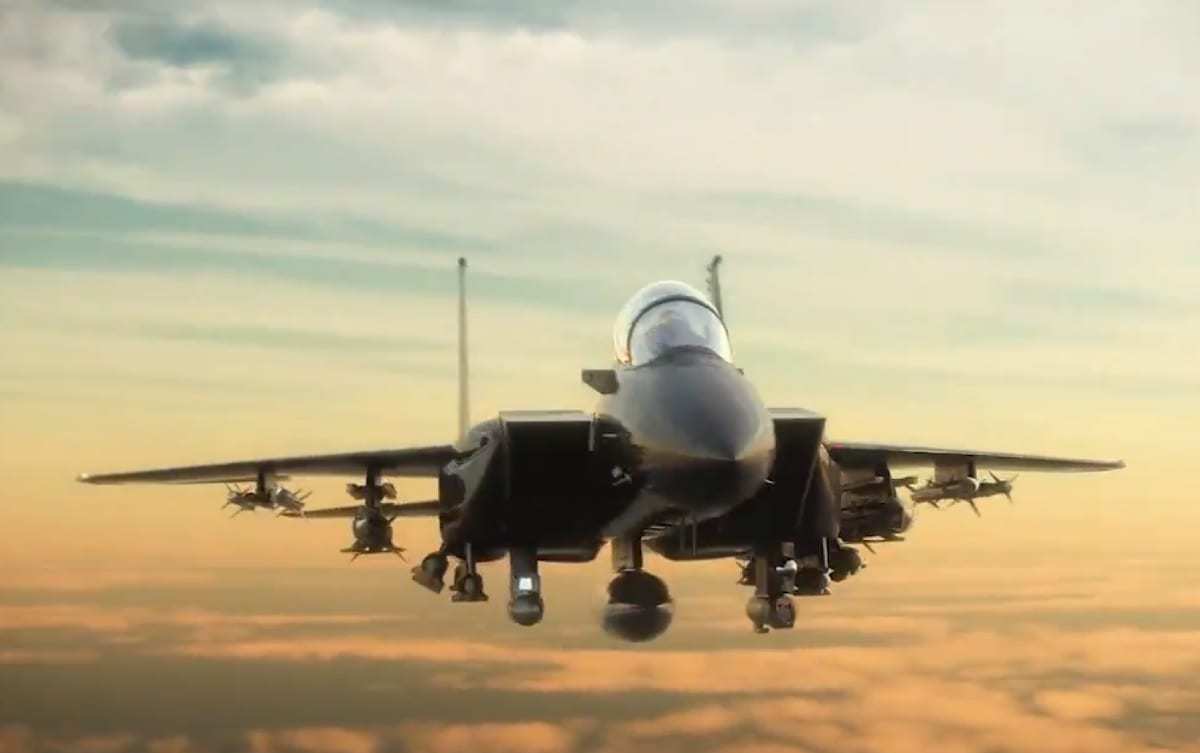
F-15EX Screenshot from Boeing Video
“The Biden Administration’s FY2023 budget proposal included a request for $2.6 billion to buy 24 F-15EX aircraft, the second to last procurement toward a planned initial buy of 80,” the CRS reported. “The subsequent FY2022 defense budget proposal requested about $1.32 billion in procurement funding for 12 Eagle IIs and $133.5 million in advance procurement for future aircraft.
The proposed budget also requested about $118.1 million for F15EX research and development. FY2022 defense authorization act: The FY2022 defense authorization bill funded F-15EX procurement at $1.76 billion, an increase of $576 million from the requested level, for ‘additional aircraft, spares, support equipment.’ FY2022 defense appropriations bill: The final omnibus budget bill funded F-15EX procurement at $1.16 billion for 12 aircraft, $82.4 million below the Biden Administration’s request, citing ‘prior year carryover.'”
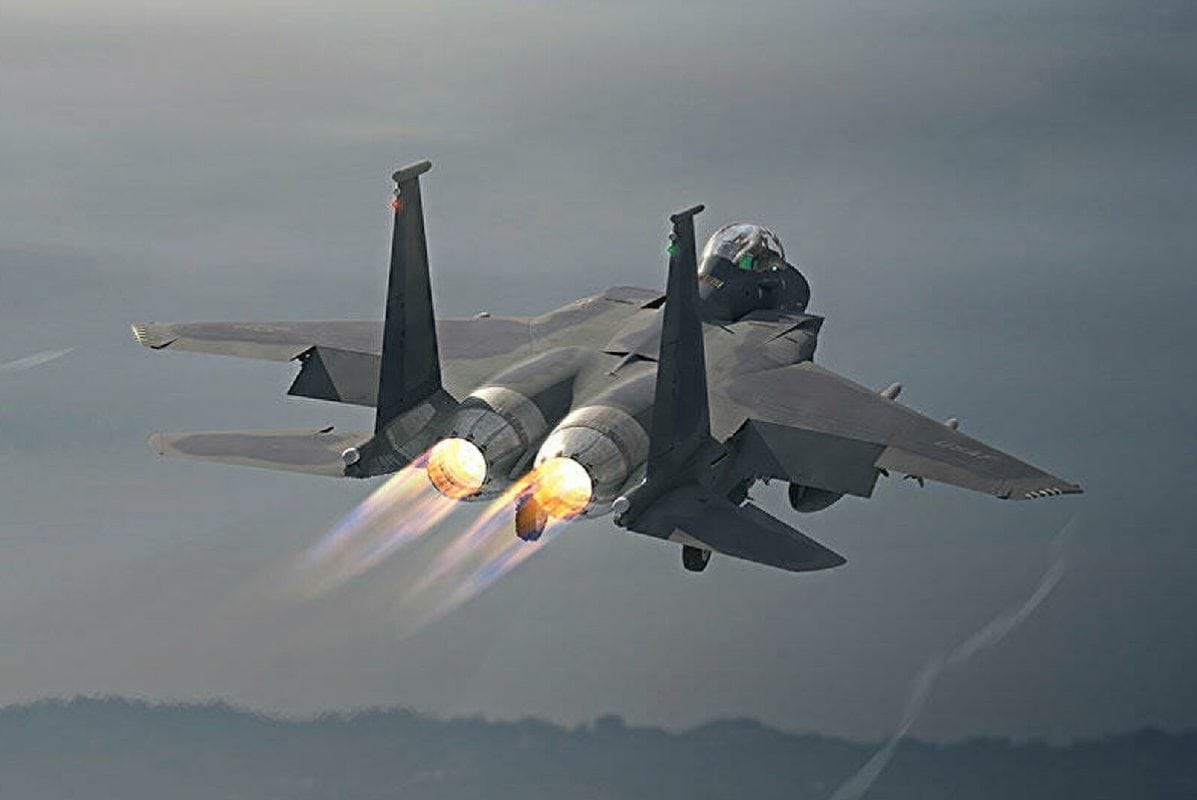
Boeing F-15EX. Artist Image from Boeing.
Expert Biography: A Senior Editor for 1945, Peter Suciu is a Michigan-based writer who has contributed to more than four dozen magazines, newspapers, and websites with over 3,000 published pieces over a twenty-year career in journalism. He regularly writes about military hardware, firearms history, cybersecurity, and international affairs. Peter is also a Contributing Writer for Forbes. You can follow him on Twitter: @PeterSuciu.

